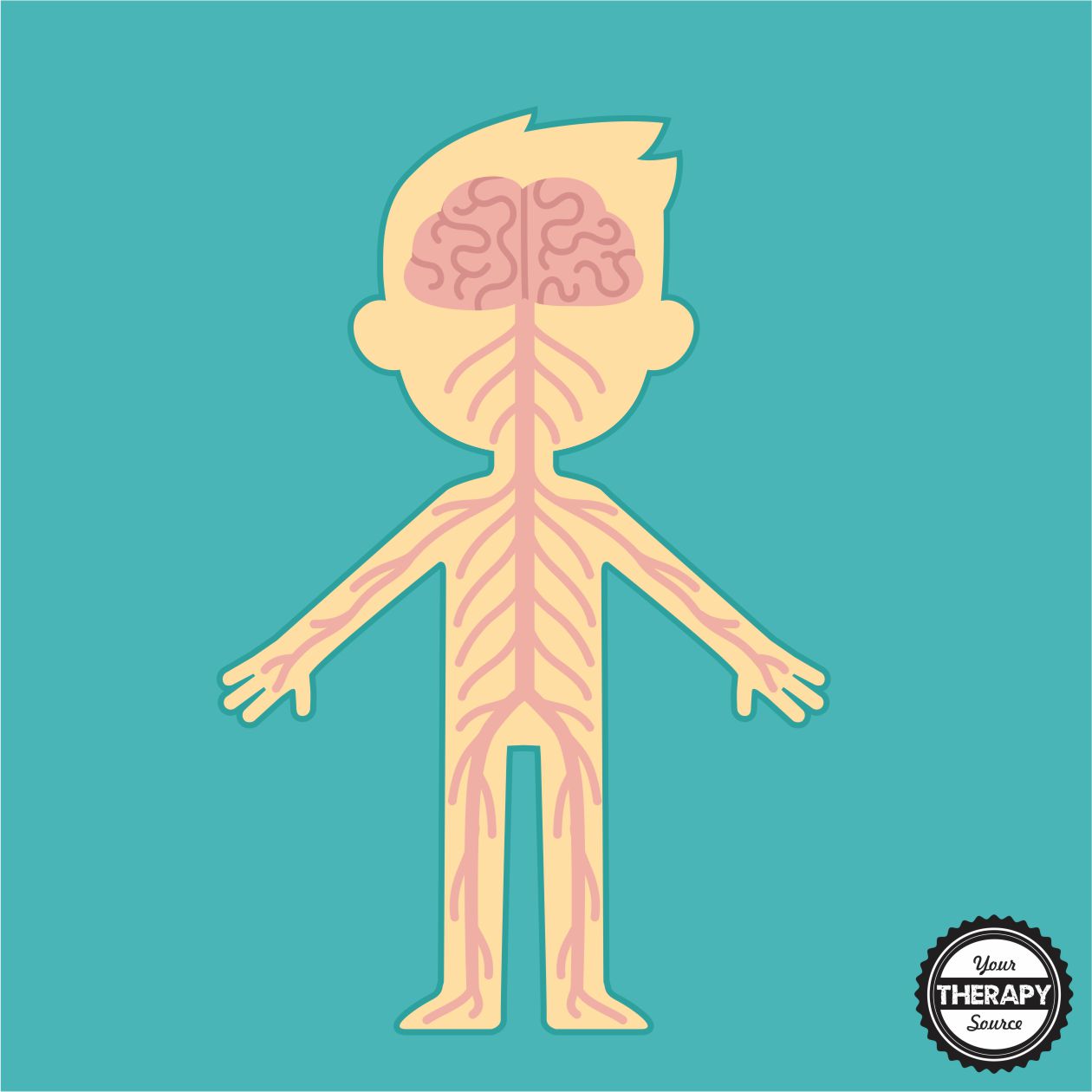One Simple Strategy to Improve Behavior and Increase Engagement
One Simple Strategy to Improve Behavior and Increase Engagement Do you occasionally have students with noncompliant behaviors that negatively affect the learning environment? Most teachers, therapists, and school staff would answer yes to this question. There can be “bad days” for any student resulting in an unproductive learning atmosphere affecting a students’ ability to stay focused and […]










